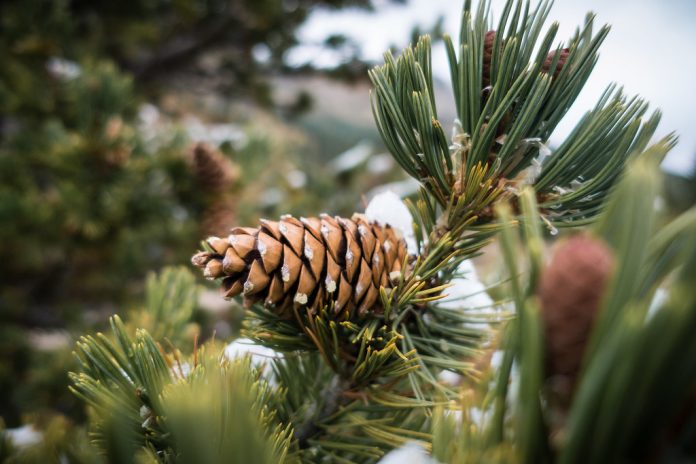Page Contents
Limber Pine Cones
Did you know that the limber pine cone is one of the longest cones in the world? It can grow up to 18 inches long! These cones are also unique in that they hang from the tree branches rather than sticking out like other pine cones. In this blog post, we will discuss some more interesting facts about limber pine cones. We will also provide some tips for identifying these fascinating plants.
The limber pine is a species of tree within the family Pinaceae, which includes other plants such as pines. It occurs naturally in North America and Canada (including most parts sub-arctic) but also occurs elsewhere due to human migration like at Alta Ski Area Utah where one was confirmed old enough for its age estimated between 1700 – 2000 years. For some reason, the limber pines seem to be more resilient than other species.
They produce heavier cones and seeds with coats that are much thicker in areas where chickarees feed on them! Limer Pine Cones are majestically beautiful when coming in fresh.

Limber Pine Tree
When it comes to trees, there are some that just don’t seem like they can be beaten. One such example is Pinus flexilis (the limber pine). The limber pine is a North American tree that can be found in regions such as the Rocky Mountains, the Sierra Nevada, and the Cascade Range. These trees can grow up to 80 feet tall and have long, slender cones that hang from the branches. The limber pine cone is one of the longest cones in the world – it can grow up to 18 inches long!
These cones are also unique in that they hang from the tree branches rather than sticking out like other pine cones. This allows them to stay hidden from predators until they mature and fall off of the tree. Limber pines are an important part of forest ecosystems because they provide food and shelter for wildlife. They are also used for lumber and Christmas trees.
Unlike the lodgepole pine, Pinus flexilis has two needles per fascicle. This distinguishes it from other members of its group who share five but have a deciduous sheath and are semi-persistent like bristlecones Output: White pines (in general) can be differentiated by their needle bundles – just like all species within this genus do.
These contain either four or six Identifiable Spore Surfaces spanning across each side as well At least one pair will always face away from you when viewing your tree’s leaves directly upwards so they don’t touch any part belowground! Unlike whitebark pine, limber pines produce large seeds that are often called “pine nuts.” They’re a food source for both birds and rodents.

How to Identify Limber Pine
Limber pines are often confused with whitebark pine, but you adjudge them apart by their cones. The larger and browner those of limbers stand out against the green coloration seen in most other species; while those on fire-resistant trees have purple heads at maturity – sometimes even red when mature enough to release seeds! Limber pines are often seen as the more common variety, but whitebark pine is worth checking out if you get a chance. The larger size and purple color make it stand apart from its limaver counterpart! A long-lived natural species, regularly reaching more than 1000 years old is known.
Is Limber Tree is Fast Growing Tree?
The Vanderwolf’s Pyramid Limber Pine is a fast-growing tree that quickly develops into attractive, pyramid-shaped specimens with blue-green needles and large decorative pine cones. It has the ability to withstand pest disease while also being drought resistant once established. The VANDERWOLF PYRAMID LIMBER PINES was originally native to Canada where they were planted for their timber qualities however today there are many forests containing these trees all over North America.






